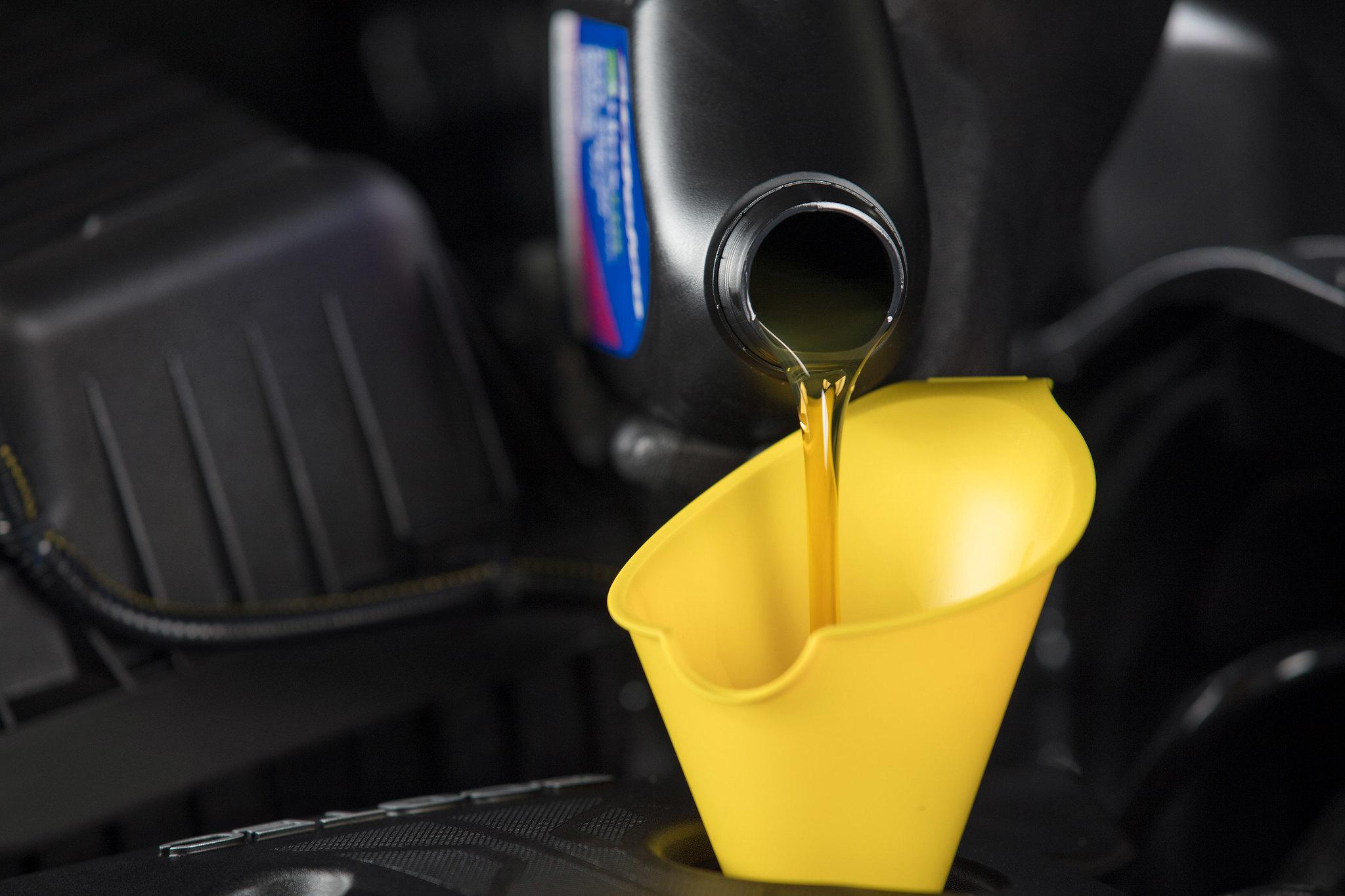

TIPS FOR CHECKING VEHICLE FLUIDS: DIY MAINTENANCE | WEST HARRISON, IN
Car maintenance is often best left to the professionals, but there are a few simple things you can do to take care of your vehicle. For example, checking vehicle fluids is a great way to ensure your car is getting everything it needs, from wiper fluids to hydraulic transmission fluid. Plus, if your vehicle is low on some fluids, it can be an indicator that you need to take it into a dealership service center.
ENGINE OIL
According to Popular Mechanics, engine oil is the first thing to check. Oil lubricates the engine components, regulates heat, and removes dirt. However, it can degrade over time or, in some cases, burn up in the engine. Turn your car off and let it sit for ten minutes on a flat surface. Then, check the dipstick in the engine bay - it's usually marked by an oilcan symbol. A low reading could mean there's a leak.
COOLANT
You can check the coolant by doing a visual inspection. The coolant reservoir is usually clear, and it lets you see "hot" and "cold" levels ("hot" simply means the engine was warmed up recently). Coolant helps to regulate heat. if it's low, you likely have a leak. Be sure to schedule maintenance if this is the case.
BRAKE FLUID
Brake fluid can be checked in a similar manner. If you notice the reservoir is low, you likely need new brake pads. Additionally, the fluid should be translucent - not cloudy and dark.
TRANSMISSION FLUID
Transmission fluid is the most difficult to check, because the engine should be warmed up for you to get a proper reading. Check the fluid dipstick level when the engine is on and the transmission is in Park or Neutral. Fluid should be amber or red in color, and it should feel smooth, not cloudy or gritty. If the transmission fluid is bad, it can cause serious problems, as the fluid is used to cool components and lubricate gears.
Need help with service or maintenance? Bring your vehicle to Hirlinger Chevrolet.